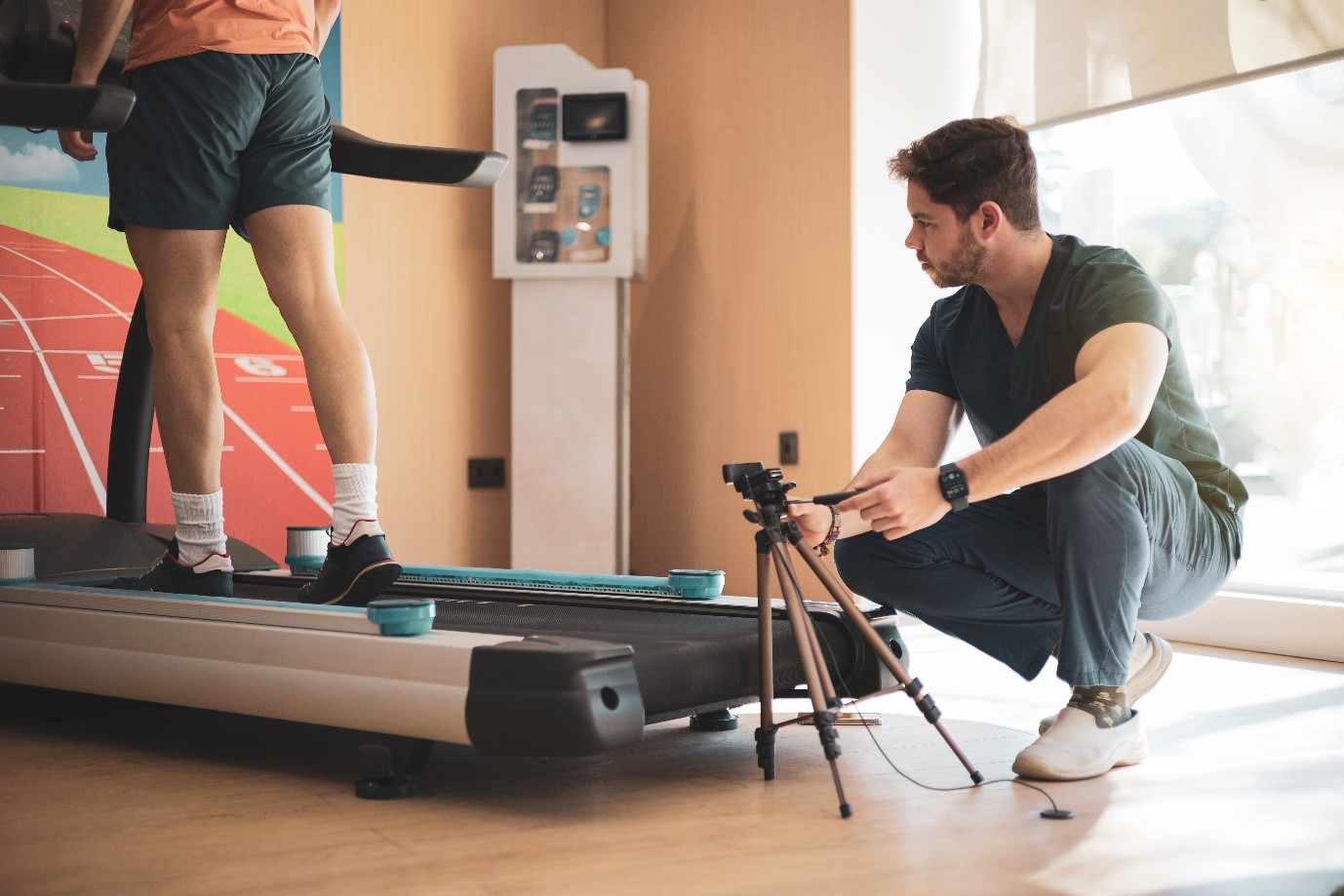
Why you should have a physio assess your walking and running gait
Physiotherapy is a profession that is all about movement. Lane Cove Physiotherapists use movement to assess, diagnose and treat problems with walking and running gait. In many cases, correcting walking or running gait problems can prevent further injuries from occurring.
Physiotherapists are highly skilled professionals that can help identify problems with your walking or running gait. Many people try to treat these issues on their own, but often times this can lead to further injury.
Physiotherapists have a vital role in assessing walking and running gait.
Some of the most common problems we see include:
- Poor posture – This can cause you to lean too far forward or backward when you walk or run, which can lead to pain and discomfort.
- Overuse injuries – These can occur when you use the same muscles over and over again, eventually leading to pain and inflammation.
- Muscle weakness – This can make it difficult for you to generate the power you need to walk or run effectively.
- Ankle instability – This can lead to a number of problems, including ankle sprains and fractures.
- Foot deformities – These can make it difficult for you to properly distribute your weight when you walk or run, which can lead to pain and joint damage.
What is “The Gait Cycle”?
The gait cycle refers to the repetitive pattern of walking or running that begins when one foot makes initial contact with the ground, progressing through each phase of gait and ending when the same foot again contacts the ground.
For walking, each stride is subdivided into a stance phase and swing phase for each foot. For running, a float phase is added.
The phases are:
- Stance phase – Period during gait when the foot is on the ground.
- Swing phase – Period during gait when the foot is off the ground, transitioning between stance phases.
- Float phase – Period during running gait only when neither foot is on the ground. Occurs after completion of push-off.
What are some common gait tests?
There are a few tests that we use at Lane Cove Physio to assess walking and running gait. These tests can help the physiotherapist see how well someone moves and identify any problems.
- One test is called the single-leg stance test. This test is used to see how steady someone is when standing on one leg. We also use this test to see if someone has a problem with their balance.
- The second test is called the Trendelenburg test. This test is used to see if someone has a problem with their hip muscles. Hip muscles help us to walk and run properly. If someone has a problem with their hip muscles, they might walk or run in a way that looks like they are leaning backwards.
- The third test is called the heel-strike test. This test is used to see if someone has a problem with their foot landing when they walk or run. People who have a problem with their foot landing might land on their heel instead of their toes when they walk or run. This can cause pain in the feet and ankles.
Your physio will work with you to identify the source of your pain and develop a treatment plan that will help you get back to your normal activities as quickly as possible.
Physiotherapists can assess these factors and provide treatment to correct any abnormalities.
One common problem that can occur is excessive pronation or supination of the foot. This can lead to pain in the ankle, knee, or hip. Physiotherapy treatment can help to correct this problem and prevent further injury.
At Lane Cove Physio, we specialise in the assessment and treatment of walking and running gait problems. If you are experiencing any of the problems in this blog, be sure to see a physiotherapist as soon as possible. They can help you identify the root of the problem and prescribe a course of treatment that will help you get back to your normal self quickly and safely.



